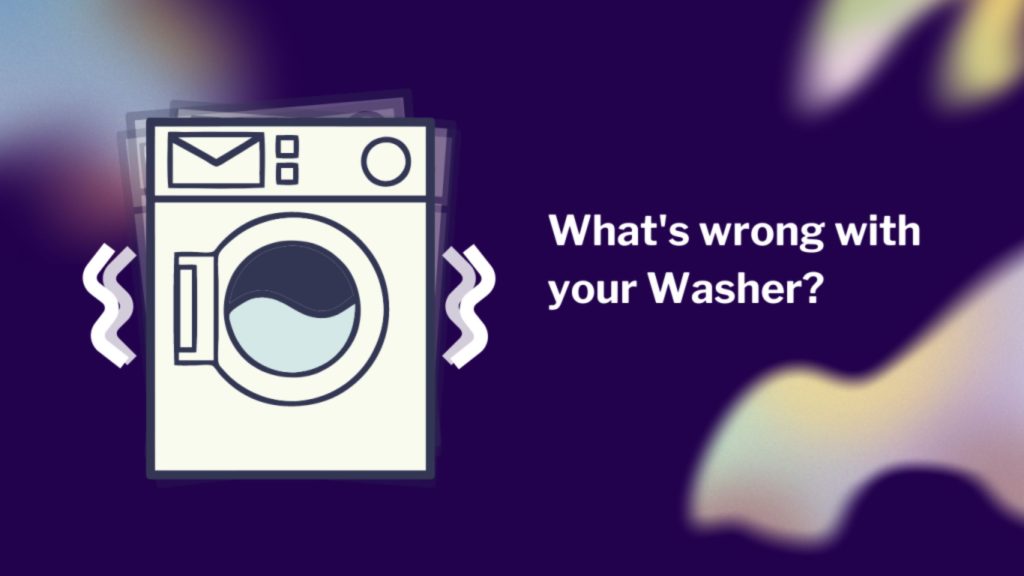Washing machines are a great convenience in our lives, and we rely on them to keep our clothes clean and fresh. However, it can be frustrating when your washing machine won’t spin. If you’re experiencing this issue, there are a few things you can do to diagnose the problem and get your machine working again.
Is Your Washing Machine Not Spinning?
Sad!!!…. Right?
Possible Causes of a Washing Machine Not Spinning
Here are some common reasons why a washing machine won’t spin and provide tips on how to diagnose the issue.
- Load Imbalance – If the clothes are not distributed evenly in the washing machine drum, it can cause the machine to stop spinning. This happens when there are too many clothes on one side of the drum and not enough on the other side.
- Faulty Lid Switch – The washing machine’s lid switch is a safety feature that prevents the machine from spinning when the lid is open. If the switch is faulty, the machine may not spin even when the lid is closed.
- Clogged Drain Pump – If the drain pump is clogged, the water will not drain from the machine, which can cause it to stop spinning. This happens when lint, coins, or other debris get caught in the pump.
- Faulty Motor – The motor is responsible for turning the drum in the washing machine. If it is faulty, the machine will not spin. This can happen due to a number of reasons, such as worn-out brushes or a burned-out motor but it is not necessary that you know about all, so for quick washing machine fixes, consider to call washer repair experts.
Tips to Diagnose the Problem and Fix Your Washing Machine
Here are some tips to help you diagnose the problem and fix your washing machine:
- Check the Load – Open the washing machine and check if the clothes are distributed evenly in the drum. If they are not, redistribute the load and try spinning the machine again.
- Check the Lid Switch – To check the lid switch, open the lid and locate the switch. Test the switch by pressing it with a pen or pencil. If the switch is faulty, you’ll need to replace it.
- Check the Drain Pump – To check the drain pump, you’ll need to locate it. It’s usually located at the bottom of the washing machine. Remove any debris that may be clogging the pump and try spinning the machine again.
- Check the Motor – To check the motor, you’ll need to remove the back of the washing machine. Look for any signs of damage or wear and tear. If the motor is faulty, you’ll need to replace it.
A washing machine not spinning can be frustrating, but there are several things you can do to diagnose and fix the problem. Checking the load, lid switch, drain pump, and motor are some of the things you can do to get your washing machine spinning again. If you’re not comfortable performing these checks yourself, it’s best to call a professional to avoid causing further damage to your machine. Give us a call for washer repair service.

